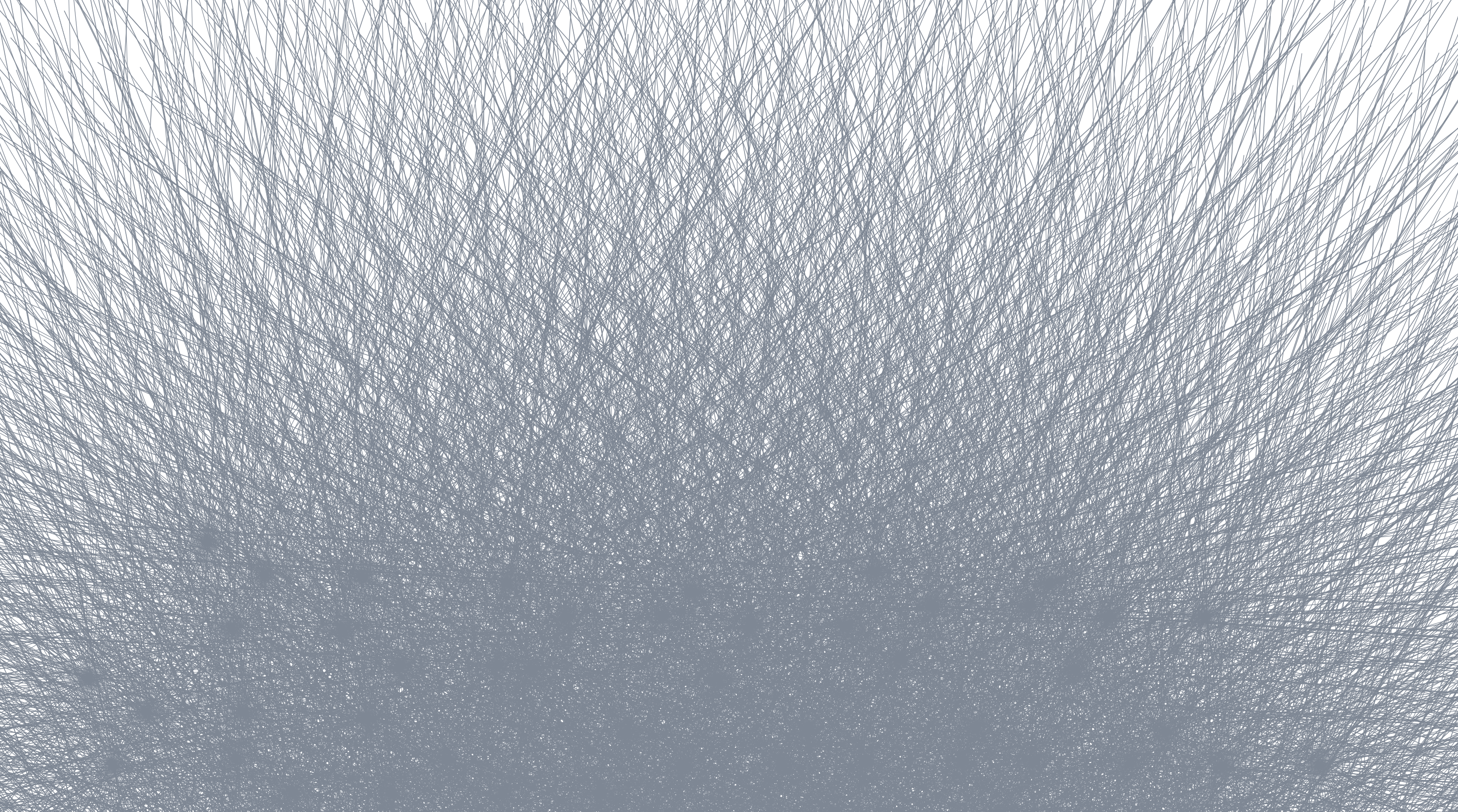
The Unthinkable Hub
The Unthinkable Hub
The UTH was founded by Marc Engenhart as an inspiration hub for creatives who develop our future affairs and ideas for tomorrow.
Subscribe to The Unthinkable Hub
Receive the latest updates directly to your inbox.

UTH.19 – Petals: a new scent in urban design
Reimagining Urban Aesthetics with "Petals": A New Scent in Urban Design

UTH.1 – Evesdrop Modules
What if living spaces, where no fluctuating social communication and interaction can take place due to given social or technical conditions, could be enlivened with a synthetic individual speech interaction. For example, on a space station, in rural areas far from the city, at home in one's own flat, in a vehicle during a long journey at night. How about listening to an intelligently generated conversation between two different people, actively or simply passively? What would it be like to generate a dialogue by two simple modules at two positions in the room with an integrated intelligent system? How about people no longer feeling alone through this social function, even though they live in an environment where it is not possible to talk to many people daily? How about to experience the social daily interaction between people?

UTH.18 – Augmenting Musical Personalities (AMP)
What would the LP be without its designed cover? What would our streaming services for music be without their visually representing surfaces, with all their parts and in particular the covers that are also integrated here. Covers that convey genres and styles, make musical works findable, attract attention, and make music perceptible to its listeners in a user interface.

UTH.17 – Hyphed: bionic data storage and communication
In addition to our current synthetic information and communication system with its exponentially growing amounts of data according to Moore's Law, there is another natural network. The globally widespread mycelium, as the mostly invisible network of the fungus, consists of widely branched single-row thread-like cells. The outer membranes of these channel-like, widely branching hyphae (cylindrical tube systems) can coordinate the transport of various mineral nutrients such as phosphorus or nitrogen, and exchange them as needed in a symbiotic partnership with plants at an explicit position for their sugars produced by photosynthesis. This naturally controlled process provides fascinating methods of a biochemically coordinated system of demand and demand correlation. A mycelial network thus serves, for example, trees as a useful supplier of water and minerals.

UTH.16 – Metapolycistronics immunisation
Viruses, organic particles classified as non-viable, multiply themselves with their contained function through a living host. It is not uncommon for this to lead to an infection of the organism and even to organ-damaging dysfunction. A unique interaction potential. In order to develop this function, the evolutionary development of viruses, which already started from the evolution of metabolism-based microorganisms, certainly plays a decisive role. What other particle that works so efficiently uses a comparably relevant functionality as a method?

UTH.15 – Typeography with Open Mind Fonts
Our global communication system for the exchange of information is decisively supported, formulated, ordered, visualised and made possible in intercultural exchange by our typography. Typeface and legibility are fundamental parameters of the quality of information preservation, communication and interaction systems. Surfaces that provide information for people are still composed of a mix of graphic symbols, pictorial and illustrative elements, and even typographic elements.

UTH.14 – Drylet: circular hydrolution
Our terrestrial ecosystem owes its uniqueness to a pervasive chemical compound: Water (H2O). This fascinating element serves not only as of the basis of our climatic and atmospheric consistency but also as a fundamentally life-sustaining as well as life-enabling resource. Worldwide, water resources reach a volume of almost 1.4 billion cubic kilometres. If we look specifically at our current global reserves of high-quality drinking water (freshwater), which account for just 2.5% of the total volume of water, it becomes clear how valuable this is for our natural circular system. According to a actual UNESCO study, 7 million people will face a shortage of clean drinking water in 2050. Global treatment and filtration plants are conceivable with high operating as well as maintenance costs but are problematic from an economic point of view with a mostly poor energy balance. Future clean water of food quality thus becomes a question of climatic conditions, monetary possibilities, scientific agility and technological evolution.

UTH.13 – Godot: personal life long organ supply
In the course of our life, we possess a personal biological-organic system with our body. This physical system (physis), which has been developed in a highly efficient way by evolution, allows us to perceive our environment with our consciousness and our senses. The basis is formed by precise subtle processes in breathtaking vital functions. Our organ system serves as an essential part of a human-environment-interface for life-sustaining functions. 15 individual external and internal organs work together with highly specialized tasks. If only one part of the entire system fails, the overall function decreases within a very short time.

UTH.12 – Spacial Care Unit
How we interact with our ecosystem is reflected in system-relevant anthropogenic changes. Currently, we measure almost 40° air temperature in northern Siberia and experience thermodynamic anomalies and drought in Central Europe, above-average floods in Japan. The EU Environment Agency classifies within the framework of the CICES (Common International Classification of Ecosystem Services) standards for an overall environmental-economic classification in the areas of providing services to and within a system, cultural services through it as well as regulating and maintaining services.
